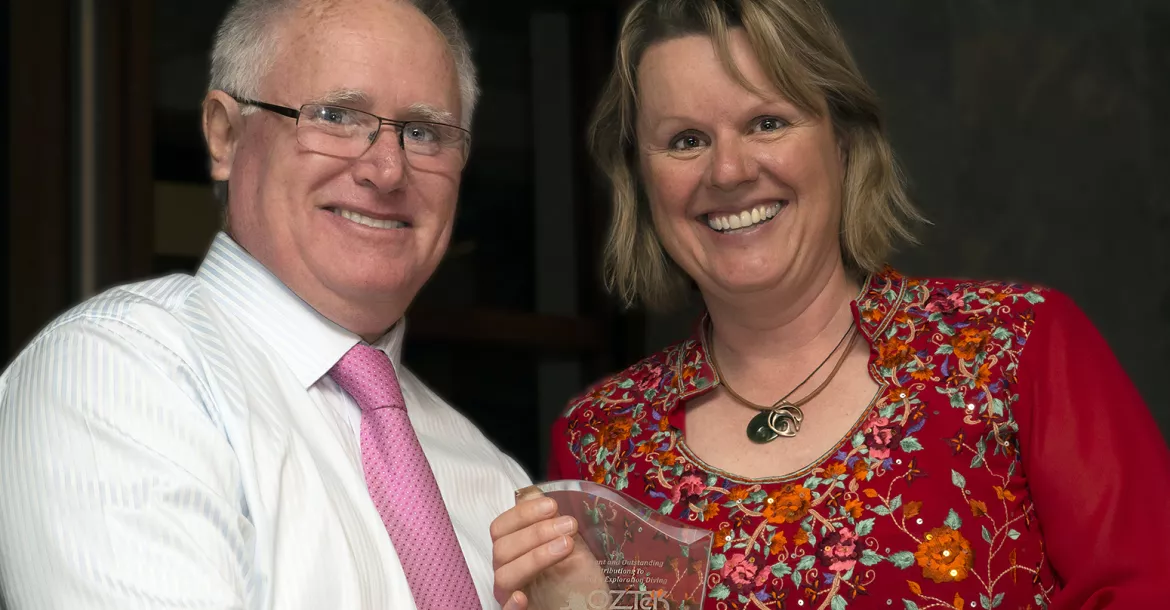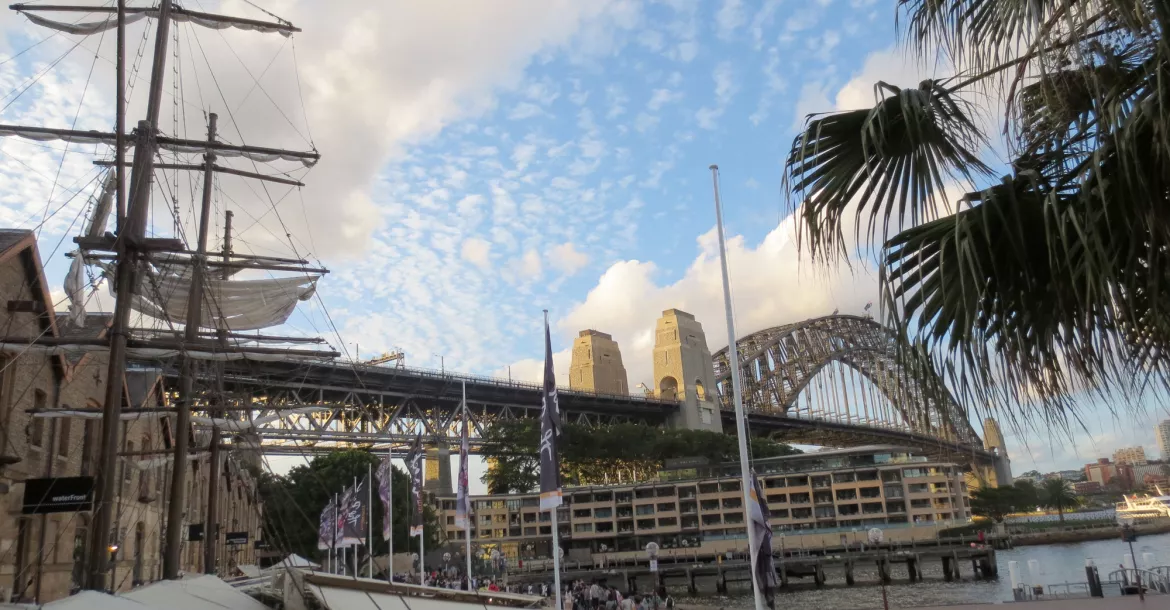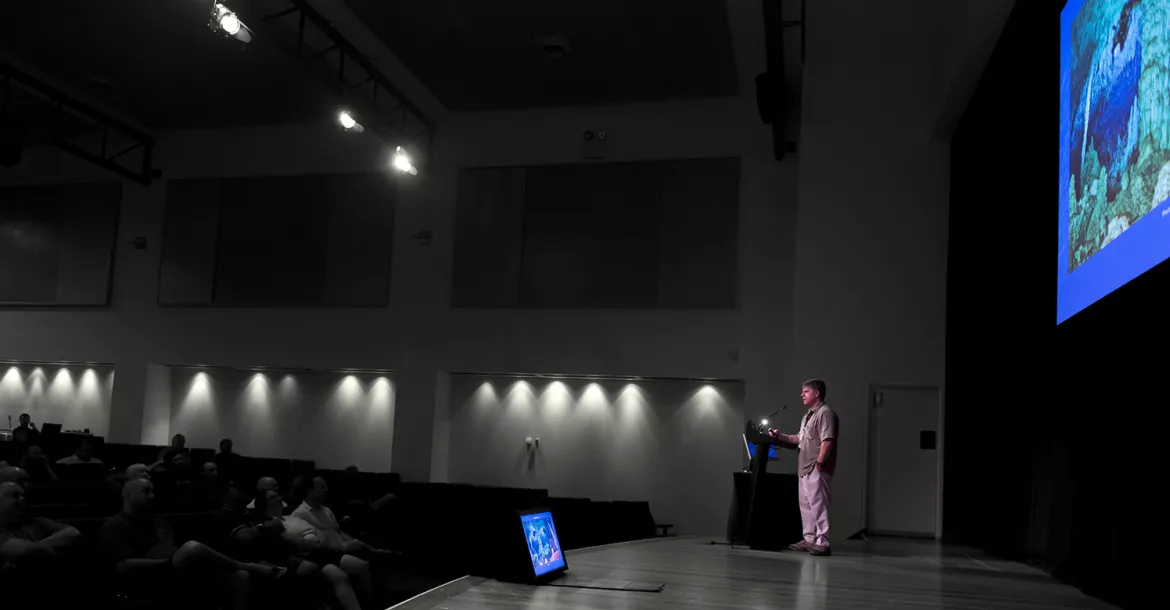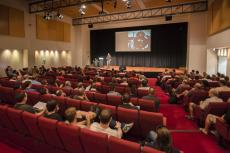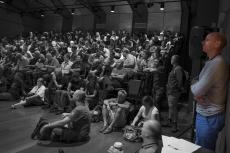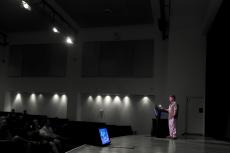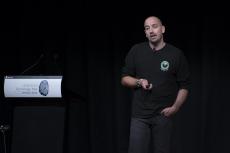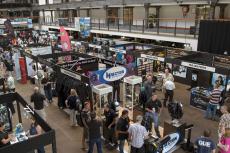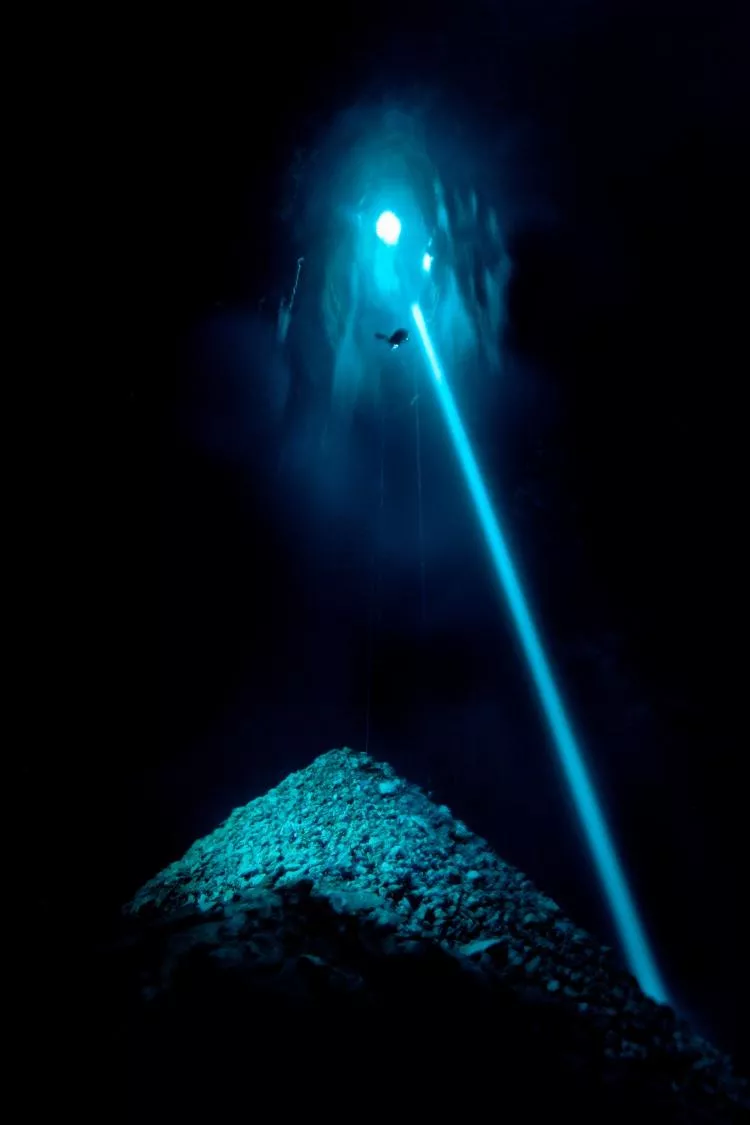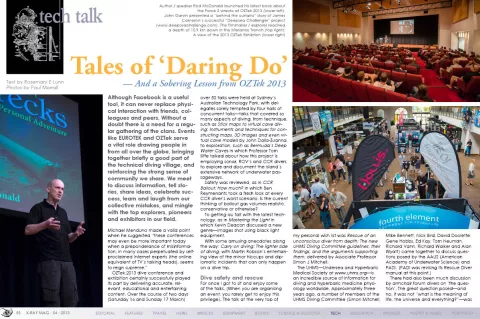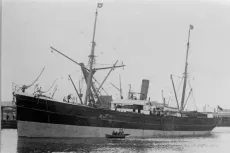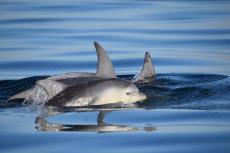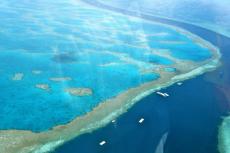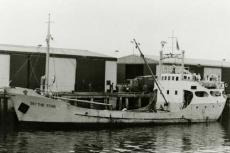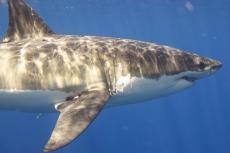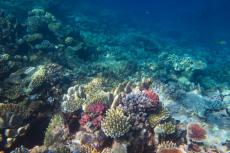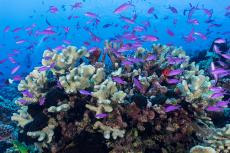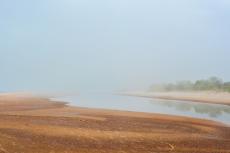Although Facebook is a useful tool, it can never replace physical interaction with friends, colleagues and peers. Without a doubt there is a need for a regular gathering of the clans.
Contributed by
Events like EUROTEK and OZTek serve a vital role drawing people in from all over the globe, bringing together briefly a good part of the technical diving village, and reinforcing the strong sense of community we share. We meet to discuss information, tell stories, share ideas, celebrate success, learn and laugh from our collective mistakes, and mingle with the top explorers, pioneers and exhibitors in our field.
Michael Menduno made a valid point when he suggested “these conferences may even be more important today when a preponderance of misinformation, in many cases perpetuated by self-proclaimed Internet experts (the online equivalent of TV’s talking heads), seems to reign supreme.”
OZTek.2013 dive conference and exhibition certainly successfully played its part by delivering accurate, relevant, educational and entertaining content.
Over the course of two days (Saturday 16 and Sunday 17 March) over 50 talks were held at Sydney’s Australian Technology Park, with delegates sorely tempted by four halls of concurrent talks—talks that covered so many aspects of diving, from technique, such as Stick maps to virtual cave diving: Instruments and techniques for constructing maps, 3D images and even virtual cave models by John Dalla-Zuanna, to exploration, such as Bermuda’s Deep Water Caves in which Professor Tom Iliffe talked about how this project is employing sonar, ROV’s and CCR divers to explore and document the island’s extensive network of underwater passageways.
Safety was reviewed, as in CCR Bailout: How much? in which Ben Reymenants took a fresh look at every CCR diver’s worst scenario. Is the current thinking of bailout gas volumes realistic, conservative or otherwise?
To getting au fait with the latest technology, as in Mastering the Light in which Kevin Deacon discussed a new genre—images shot using black light equipment.
With some amusing anecdotes along the way: Carry on diving: The lighter side of diving, with Martin Robson’s entertaining view of the minor hiccups and diplomatic incidents that can only happen on a dive trip.
Dive safety and rescue
For once I got to sit and enjoy some of the talks. (When you are organising an event, you rarely get to enjoy this privilege). The talk at the very top of my personal wish list was Rescue of an unconscious diver from depth: The new UHMS Diving Committee guidelines, their findings, and the arguments supporting them, delivered by Associate Professor Simon J Mitchell.
The UHMS—Undersea and Hyperbaric Medical Society at www.uhms.org—is an incredible source of information for diving and hyperbaric medicine physiology worldwide. Approximately three years ago, a number of members of the UHMS Diving Committee (Simon Mitchell, Mike Bennett, Nick Bird, David Doolette, Gene Hobbs, Ed Kay, Tom Neuman, Richard Vann, Richard Walker and Alan Wyatt) came together to discuss questions posed by the AAUS (American Academy of Underwater Science) and PADI. (PADI was revising its Rescue Diver manual at this point.)
There had also been much discussion by armchair forum divers on ‘the question’. The great question posed—and no, it was not “what is the meaning of life, the universe and everything?”—was “what are the recommendations for rescuing a submerged unresponsive compressed gas diver?”
The team started looking into this and found that it was hard to find anything written in diving literature on rescuing an unconscious diver. A project was set up to develop definite guidelines, and three years later a paper was published.
Simon Mitchell’s presentation (and the paper) covered a number of questions:
- If the regulator is out of the mouth, should it be replaced?
- If the diver is in the tonic (rigid) or clonic (grand mal) phase of a seizure, should the ascent be delayed until the clonic phase has passed?
- Are there any special considerations for rescuing CCR divers?
- What is a ‘safe’ ascent rate?
- If the rescuer has a decompression obligation, should they take the victim to the surface?
- If the regulator is in the mouth and the victim is breathing and has decompression obligations, does this change the ascent?
- Is it necessary to hold the victim’s head in a particular position?
- Is it necessary to press on the victim’s chest to ensure exhalation?
- Once you reach the surface, is it possible to assess breathing in the water?
- Can effective rescue breaths be delivered in the water?
- What is the likelihood of persistent circulation after respiratory arrest?
- Does the recent advocacy for ‘compression-only resuscitation’ suggest that in-water rescue breaths should not be administered to a non-breathing diver?
- What (if any) rules should guide the relative priority of in-water rescue breaths over accessing surface support where definitive CPR can be started?
Normally we (every day recreational and technical divers) would not get access to this paper for a few years, until it was made available to the Rubicon Foundation (www.rubicon-foundation.org). However, the UHMS has kindly given The Dive Forum (www.thediveforum.com) permission to upload the paper on their forum.
It should only be printed once you have downloaded it. This is because the UHMS wants to track the downloads of this paper, so please send everyone to this link: http://www.thediveforum.com/incidents-safety-information/1329-uhms-39-pa... (You will need to register on The Dive Forum before you can download the paper.)
Once you have downloaded the paper, you will find a very useful flow diagram on page eight. It is a summary of the important recommendations and decision-making processes in the rescue of an unresponsive diver from depth. The authors have stated this chart should be considered along with the relevant comments made in the related sections of the paper.
This flow diagram was created so that it could be printed out and pinned to every diving club or dive centre notice board, laminated and put in with their first aid and oxygen kits, and included in every emergency action plan. It is an exceptionally useful rescue resource for all divers.
Safe exploration
Another presentation came from another diving doctor—this time Dr Richard ‘Harry’ Harris. Having briefly observed Harry Harris in action at Rebreather Forum 3, I was curious see more. He teamed up with fellow Wet Mule team member Craig Challen for a talk on extreme exploration entitled, Beyond 200 metres. The Wet Mules discussed the factors limiting safe exploration at these depths based on their experiences diving New Zealand’s Pearse Resurgence.
The Pearse River Resurgence is located at the northern end of New Zealand’s South Island, near Mount Arthur. It is Australasia’s deepest underwater cave with ‘summer’ water temperatures of less than 7°C. Exploration has been going on here for a number of years, with various teams of experienced cave divers coming together to progress the cave at regular intervals. Back in 2007, a major leap forward was achieved by David Apperley and Rick Stanton MBE.
Over the years, expeditions had repeatedly pushed this cave system, and in 2011 during a nine hour dive, Craig Challen set a new record depth of 194 metres, with the cave continuing to ‘go’. A year later, the Wet Mules team again comprising David Bardi, Craig Challen, John Dalla-Zuanna, Harry Harris, Ken Smith and Sandy Varin returned, armed with two objectives. They wanted to see if Pearse was connected with nearby Nettlebed Cave. With the assistance of Nelson’s Speleological Group, dye tracing from the Spillway in Netttlebed confirmed a deep connection at >120 metres.

